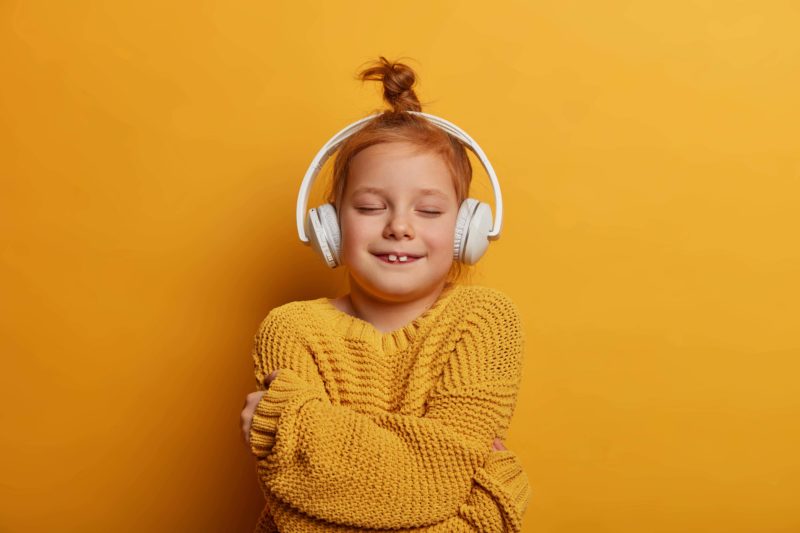There’s a lot to be said about the way music makes us feel. I’m sure you all have a favourite feel-good song, a song that makes you cry, or you may even have an array of playlists for different moods. The strong evidence for the therapeutic power of music and its ability to support numerous brain functions (Sacks, 2006) has seen an increase in the use of music-based and sound-based therapies. As Occupational Therapists, we value using tools that are meaningful and relevant to our clients to support them to reach their goals. For many, music and sound are a common way of connecting and engaging with others and the environment. Therefore, using music and sound as a therapeutic tool is a powerful intervention to help individuals reach their goals.
What is Quickshifts?
Quickshifts is a Sensorimotor Integrative Treatment used within the Therapeutic Listening Program. Sheila Frick, OTR/L founded this program, the U.S based Occupational Therapist specialising in integrated approaches to a sensory processing disorder.
Quickshifts is a sound-based tool that can support regulation and engagement within a sensory diet, therapy, or home. They are short 15–20-minute pieces of music composed explicitly for different functions. These specialised tools use evidence-based principles to synchronise an individual’s brain to reach a calmer, more organised state, known as ‘entertainment.’
Emerging evidence demonstrates that Quickshifts can enhance a range of sensorimotor functions such as:
- Sensory modulation
- Focus & Attention
- Ambient Spatial Awareness
- Bilateral Motor Coordination
While each Quickshift track is specifically designed for a purpose, all Quickshifts aim to address the above-mentioned sensorimotor functions elements. This is due to the widespread impact it has on connections within the brain and across its hemispheres.
This sound-based protocol can be used with individuals of all ages with a range of presentations. At OTHC we use Quickshifts for children with:
- ADHD
- ASD
- Sensory Processing Difficulties
- Trauma
- Anxiety
- And more
How do we use it?
At OTHC, we use Quickshifts as a tool in our ever-growing toolkit of supports for our children. Your therapists will assess whether they think Quickshifts will be appropriate and effective for your child and which tracks would be the most beneficial. This will differ based on the individual, their needs and the goals of therapy.
*Note: You must have a trained Occupational Therapy to assess the suitability of this intervention for your child and demonstrate to you the proper usage for safe and effective results.
Quickshifts will either be used in therapy or as part of a child’s sensory diet to help them regulate and organise their body for successful engagement in tasks. It may also be used as needed to help a child manage their emotions or set them up for a known or potentially stressful event.
The tracks are usually delivered via headphones which is the preferred method. This is to ensure the individual is fully emersed in the sound. Quickshifts can also be delivered via speaker if required.
For more information on Quickshifts and to see if it would be suitable for your child, we recommend contacting your treating therapist.


